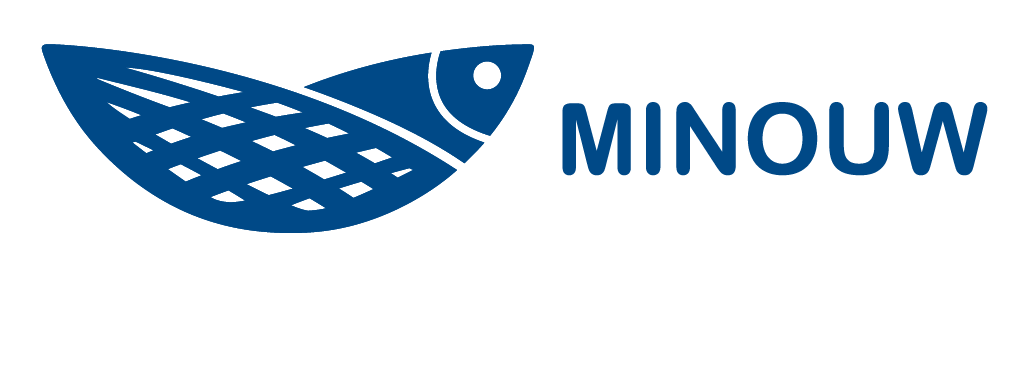Combining work with local fishers to find practical solutions to reduce discards, alongside scientific modelling on the impacts of discarding practices and solutions on marine ecosystems.
MINOUW partner & Lead scientist:
CNR and WWF (Consiglio Nazionale delle Ricerche and World Wide Fund for Nature), Sergio Vitale (CNR) and Marco Costantini (WWF)
Fishing method and species:
Inshore and offshore bottom trawl. Offshore vessels perform fishing sessions of multiple days, with a maximum range from 30 to 40 days. Species targeted are Deepwater Rose Shrimp (Parapenaeus longirostris), and Giant Red Shrimp (Aristaemorpha foliacea).
These fisheries produce a high level of discards, composed of commercial and non-commercial species as well as juveniles of commercial and target species (respectively Hake and Deepwater Rose Shrimp). In such mixed fisheries a reduction of discards is viewed as beneficial in terms of ecological sustainability, in line with the objectives of the new Common Fisheries Policy, and also as it minimises the negative economic impact linked to the Landing Obligation (e.g. the cost related to storing and landing discards).
What activities did the MINOUW project carry out?
- Involved fishers through a multi-actor participatory approach: multi-stakeholder roundtables are organised with a view to find realistic technological and operative solutions.
- Tested modified standard commercial bottom trawl nets by using sorting grid separators and separator panels in crustacean fisheries. Results were shared and discussed with local trawl fishers in the perspective of the landing obligation, through a step-wise process based on multi-stakeholders participatory techniques.
- Analysed time-series of trawl survey data, geo-referenced commercial landings and VMS/AIS data, with the aim to 1) classify fishing areas in relation to the potential amount of discards to be produced (e.g. undersized juveniles of target species and unwanted species), and 2) assess the effects of closure to trawling of areas where fisheries produce a high amount of unwanted catches in terms of catch composition and value (SMART bio-economic model).
What outcomes were expected?
- Understand what factors lead to discarding practices. Promote the use of grids to improve fishing selectivity at sea, to improve ecological sustainability of the nets, and mitigate the impact of the Landings Obligation in this fishing activity.
Results
Statistical analysis highlighted significant differences among the three length frequency distribution, 1-escaped, 2-retained in the cod-end (hauls with grids) and 3-retained in the cod-end (control, hauls without grids) for unwanted catches (p-value < 0.05). The use of grids demonstrated a potential reduction of unwanted catches up to 30 % . Sorting grids could represent a fundamental device for the reduction in the unwanted catch of juveniles of commercial species during deep water crustacean fisheries.
For a full summary of results download the PDF here: (617kb)

